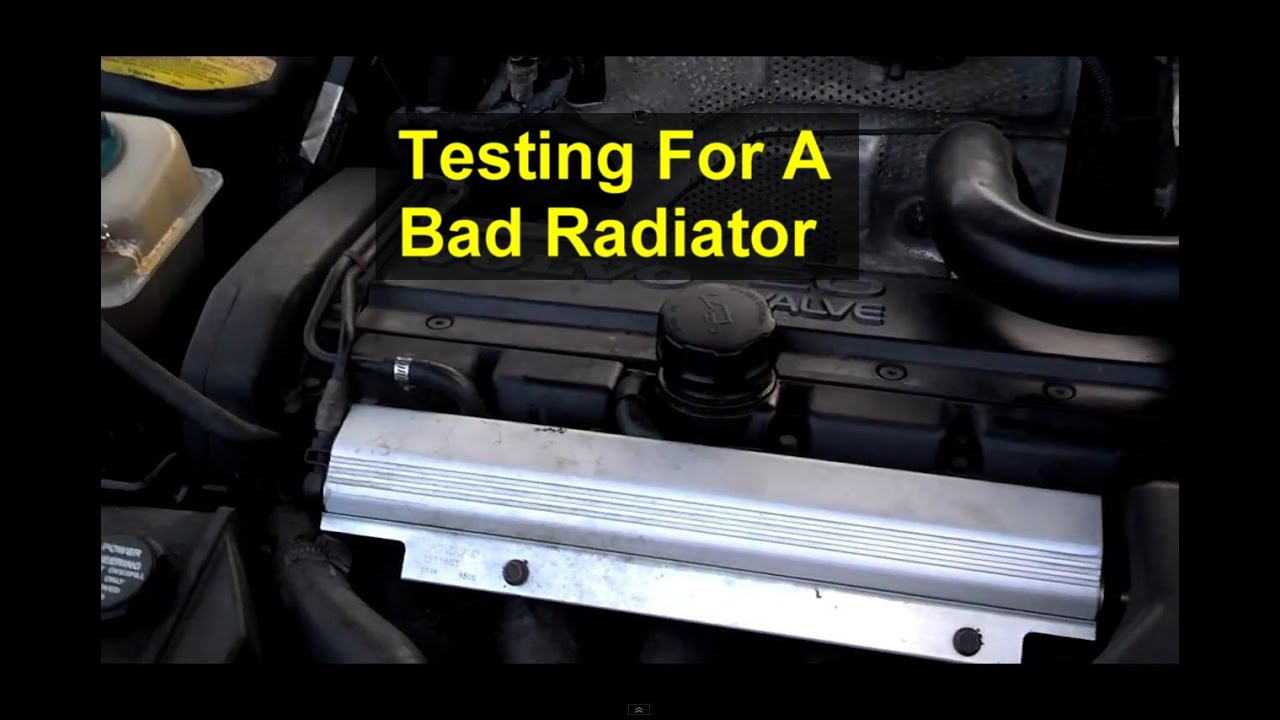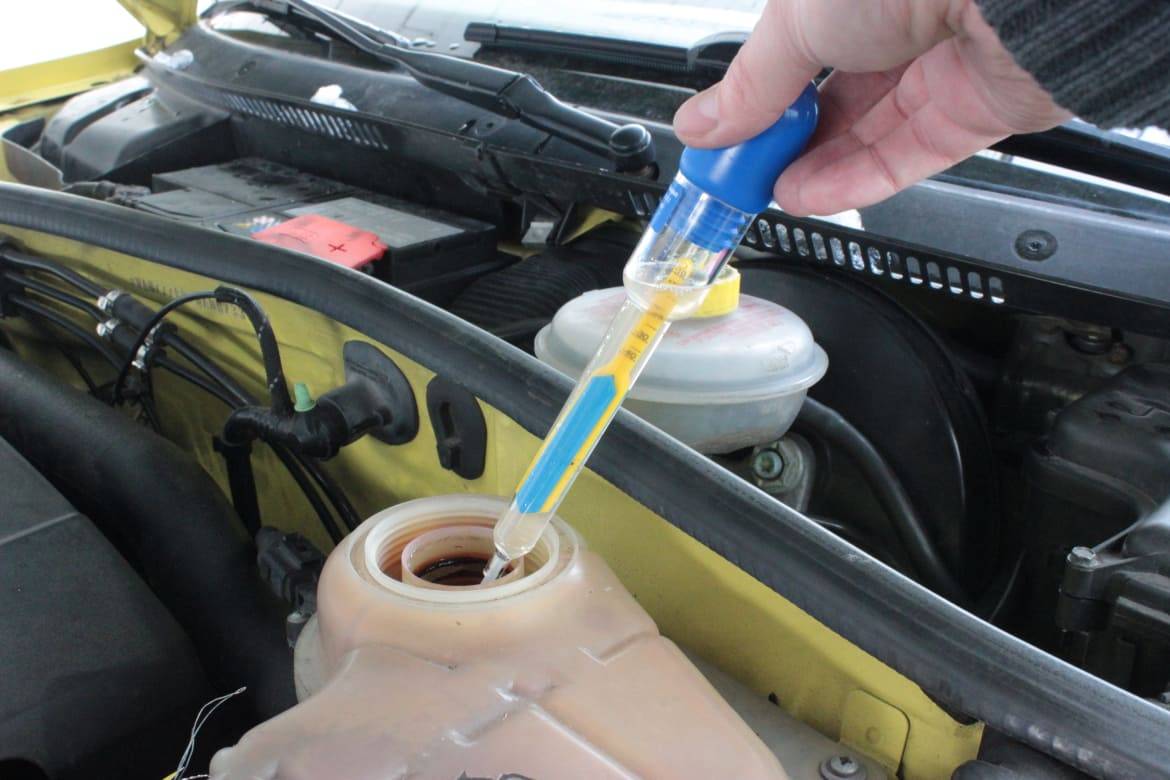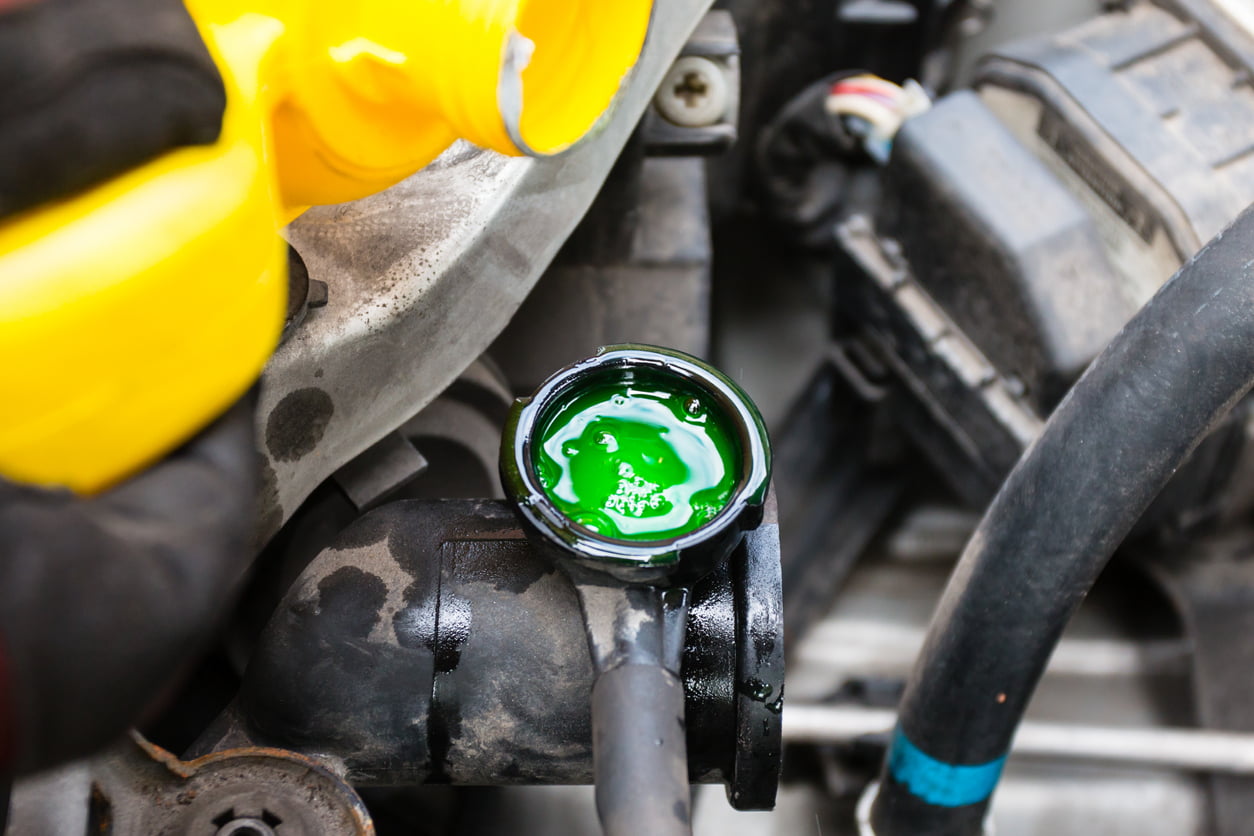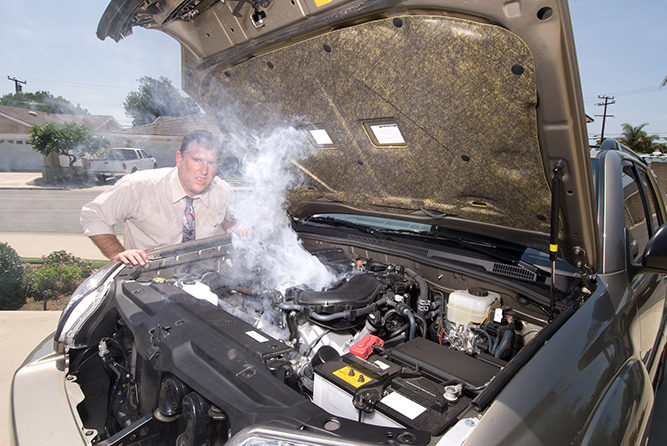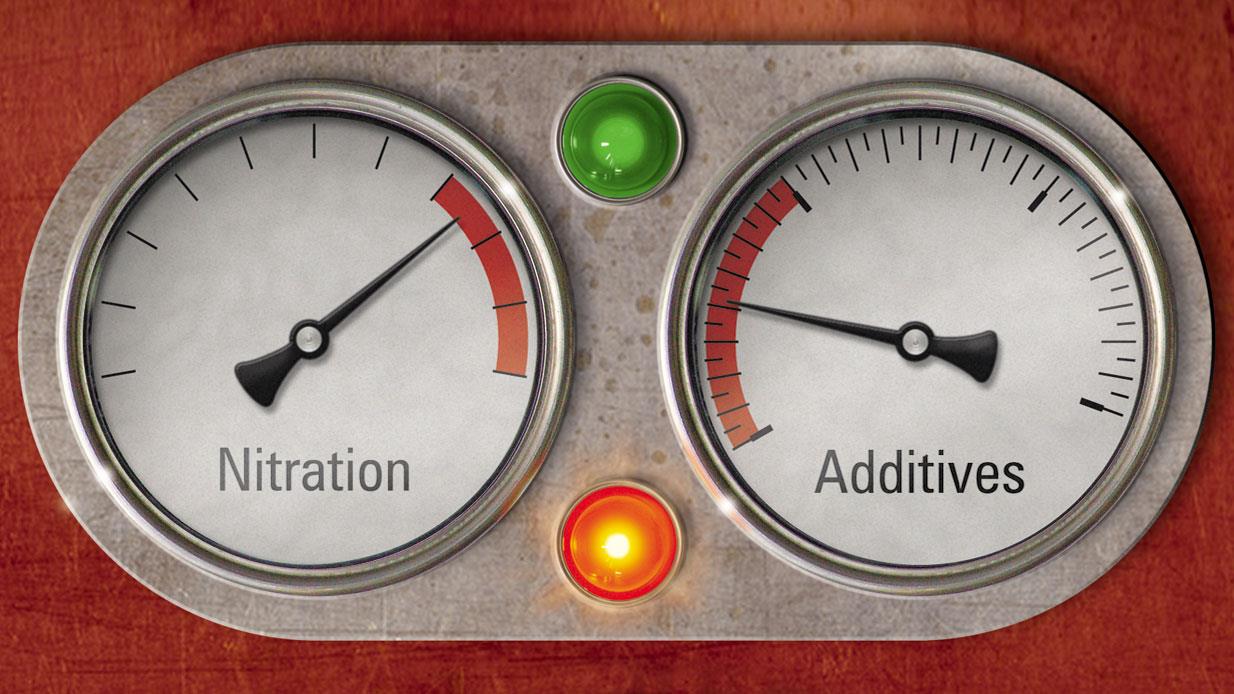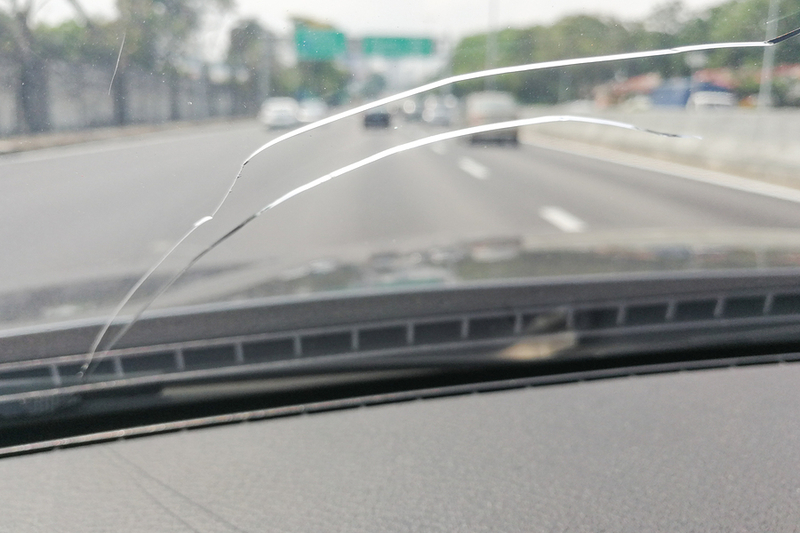How to Check If Radiator is Working
To check if a radiator is working, feel for consistent warmth across its surface. Uneven heating or cold spots can indicate a problem.
Understanding the health of your car’s radiator is crucial for maintaining optimal engine performance and ensuring longevity. A radiator disperses heat from the engine coolant, preventing the engine from overheating, which is vital for a smooth-operating vehicle. A malfunctioning radiator can lead to significant issues, including engine failure.
Car owners and mechanics alike rely on a few straightforward methods to assess radiator function, such as inspecting for leaks, checking the thermostat, and observing the coolant flow. Regular monitoring helps catch potential problems early, saving time and money on repairs. With advancements in automotive technology, it’s more important than ever to stay informed about the correct procedures for vehicle maintenance.
Signs Of A Faulty Radiator
Your vehicle’s radiator is a silent guardian. It keeps the engine running cool and efficient. But when it falters, the symptoms can escalate quickly. Spotting early signs of a radiator in distress can save you time, money, and prevent serious damage. Let’s delve into the telltale symptoms of a malfunctioning radiator.
Inconsistent Engine Temperatures
If your radiator struggles, your engine temperature won’t stay steady. Watch the temperature gauge. Does it fluctuate more than normal? This is a red flag. Consistent engine heat suggests a healthy radiator. Wild swings in temperature point to issues. Ignoring this can lead to engine overheating.
Heater Malfunction
During cold months, a working heater is vital. It’s tied to your radiator’s performance. A weak or non-existent heat supply inside your car often traces back to radiator problems. If warm air isn’t coming through, your radiator might be crying for help or suffering from reduced coolant flow.
Visual Inspections For Leaks Or Rust
Last, a visual check can speak volumes. Park your car and look underneath. Do you see any puddles or drips? Coolant leaks signal trouble. Also, pop the hood. Inspect your radiator closely for rust or discoloration. These are signs of corrosion and can compromise your radiator’s integrity. Address them swiftly to avoid bigger issues.
Remember: Routine checks can keep your radiator healthy and your engine happy!
Initial Steps Before Inspection
Before checking if a radiator is functioning properly, some initial steps are crucial. They ensure safety and set the groundwork for an accurate inspection. Follow these guidelines carefully to start correctly.
Safety Precautions
Always prioritize safety when working with a car’s cooling system. Radiators can reach high temperatures and contain pressurized coolant, which can be hazardous. Wear protective gear such as gloves and eyewear to guard against burns and spills. Ensure the car is on level ground and the parking brake is engaged to prevent any unwanted movement.
Engine Cooling Period
Allow the engine to cool before performing any checks. Attempting to inspect or open the radiator cap while the engine is hot can release hot steam or coolant, leading to severe burns. A cool-down period of at least 30 minutes is recommended, but it can take longer depending on the engine’s previous load and ambient temperature. Touching the radiator cap with the back of your hand can help gauge if it’s safe to proceed.
- Do not rush the inspection.
- Wait for the engine to reach a safe temperature.
- Test radiator cap temperature with the back of your hand.
Assessing Coolant Level And Quality
Maintaining the right coolant level and quality is crucial for your radiator’s performance. It helps prevent overheating and engine damage. This guide outlines simple steps to assess both.
Checking Coolant Reservoir
To ensure your radiator functions well, start by examining the coolant reservoir. First, locate the transparent coolant reservoir under the hood. It’s often labelled or marked with high and low indicators.
- Ensure the engine is cool before opening the reservoir.
- Check the coolant level against the marked indicators.
- If low, add the appropriate type of coolant to the ‘max’ line.
Evaluating Coolant Condition
Inspecting the coolant goes beyond level checks. Quality matters too. Dirty or discolored coolant can signal issues. Fresh coolant typically appears green, orange, or red depending on the brand and type.
| Coolant Quality Indicator | Possible Meaning |
|---|---|
| Discoloration or cloudiness | Contaminants present |
| Particles or debris | Potential radiator corrosion |
| Foul odor | Potential system decay |
If any of these signs appear, a coolant change or flush might be necessary. Fresh coolant aids in optimal radiator function and engine protection.

Credit: www.carparts.com
Radiator Pressure Test
Radiator pressure tests are vital for diagnosing cooling system issues.
They help spot leaks and weaknesses in your radiator. A radiator that doesn’t hold pressure is a sign of potential problems.
Know how to perform this simple test to ensure your vehicle’s peak performance.
Using A Pressure Tester Kit
- Ensure engine is cool before beginning.
- Attach the pressure tester kit’s pump to the radiator cap opening.
- Pump the tester to add pressure to the system.
- Check the manual for correct pressure level for your car’s make and model.
- Keep the system under pressure for a few minutes.
Interpreting Pressure Test Results
Monitor the pressure gauge. It should stay steady.
| Pressure Reading | Interpretation |
|---|---|
| Steady | Radiator holds pressure, no leaks. |
| Dropping | Possible leaks or radiator cap issue. |
- If the pressure drops, check for visible leaks.
- Consult a mechanic if you cannot find the leak.
Thermostat Inspection
Your car’s thermostat plays a crucial role in engine temperature regulation. A thorough thermostat check can ensure your radiator works correctly. Let’s dive into how you can identify thermostat issues and understand the consequences if it fails.
Identifying Thermostat Issues
A faulty thermostat can disrupt engine performance. Signs of trouble include:
- Fluctuating temperature gauge, pointing to irregular heating.
- Overheating engine, suggesting the thermostat stuck closed.
- Poor cabin heating, which might mean the thermostat is stuck open.
- Coolant leaks around the thermostat housing.
To test the thermostat:
- Wait for the engine to cool.
- Remove the radiator cap.
- Start the engine.
- Watch for the coolant flow.
No movement indicates a closed thermostat; coolant should circulate once the engine warms.
Consequences Of A Malfunctioning Thermostat
A thermostat that doesn’t work right can lead to serious problems, such as:
| Issue | Consequence |
|---|---|
| Engine Overheating | Potential engine damage |
| Poor Fuel Economy | Increased fuel costs |
| High Emissions | Fail emission tests |
| Wear and Tear | Shortened engine life |
Immediate attention is vital to avoid costly repairs.
Confirming Radiator Functionality
Welcome to our comprehensive guide on checking your vehicle’s radiator functionality. Keeping an eye on your radiator helps prevent engine overheating. Within minutes, learn to confirm your radiator is working correctly.
Observing Fluid Flow
Start with the basics: checking fluid flow. A properly functioning radiator circulates coolant efficiently. Here’s a step-by-step process:
- Ensure the engine is cool, then remove the radiator cap.
- Start the engine and let it run. Observe the coolant.
- If the fluid flow seems consistent and smooth, the radiator likely works well.
- Notice any irregularities? This may indicate a blockage.
Visual checks are a fast way to assess radiator health.
Temperature Fluctuations Check
Temperature readings offer clues to radiator performance. Follow these tips:
- Watch the thermostat; it should not read too hot.
- Check for consistent temperature. Fluctuations could spell trouble.
- Use an infrared thermometer for a more accurate check.
- Unusual temperature spikes? Have a professional inspect the system.
Regular monitoring ensures your vehicle remains cool and efficient.
When To Seek Professional Help
Identifying when to seek professional help for a radiator issue can save time and prevent additional damage. Simple checks such as feeling for heat distribution, listening for strange noises, or observing the thermostat, are often manageable by most homeowners. Nonetheless, when these tasks do not clear up the uncertainty, it’s time to consider more complex issues.
Complex Radiator Problems
Some radiator complications are too intricate for a DIY approach. Signs of complex problems include:
- Persistent cold spots after bleeding
- Water leaking from multiple points
- Corrosion and sludge buildup
- Radiator failing to heat up entirely
If any of these issues arise, a professional technician should assess the situation. Specialists bring tools and expertise that can pinpoint deeper concerns, such as internal blockages or malfunctioning pumps.
Advantages Of Professional Diagnostics
Opting for a professional diagnostic comes with several advantages:
| Advantage | Details |
|---|---|
| Accurate Identification | Technicians can accurately identify issues that may not be apparent to the untrained eye. |
| Specialized Tools | Experts use advanced tools to test and fix radiators efficiently. |
| Expert Advice | Receive guidance on preventing future problems and maintaining your radiator. |
| Warranty and Assurance | Most professional repairs come with a warranty, ensuring peace of mind. |
In essence, professional diagnostics offer a comprehensive check that goes beyond surface-level symptoms. This approach ensures your radiator functions optimally, especially during the colder months.
Frequently Asked Questions For How To Check If Radiator Is Working
Can A Faulty Radiator Affect Car Performance?
Yes, a faulty radiator can lead to overheating, which impairs engine performance. It may cause the engine to run less efficiently, potentially resulting in increased fuel consumption and reduced power output.
How Do I Know If My Radiator Needs Replacing?
Signs that your radiator may need replacing include coolant leaks, overheating, and sludge in the radiator or coolant. If the radiator is damaged or corroded, it’s likely time for a replacement.
What Are Common Radiator Problems?
Common radiator problems include leaks, blockages, corrosion, and a malfunctioning thermostat. These issues can disrupt proper coolant flow and heat dissipation, leading to engine overheating.
How Often Should A Car Radiator Be Inspected?
It is advisable to inspect a car radiator at least once a year or as recommended in your vehicle’s owner’s manual. Regular checks help identify issues early and maintain optimal cooling system performance.
Conclusion
Regular radiator check-ups keep your vehicle running smoothly. Spot early signs of malfunction to avoid costly repairs. Simple steps, like checking for leaks and monitoring temperature, ensure its effectiveness. Prioritize your radiator’s health; it’s crucial for optimal car performance. Stay informed, stay proactive, and drive with confidence.

